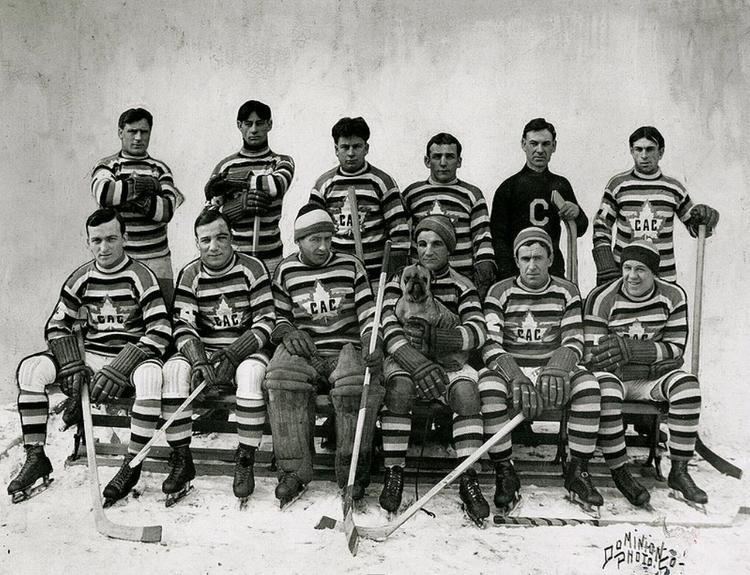 | ||
Events of National Historic Significance (also called National Historic Events) (French: Les événements d'importance historique nationale) are events that have been designated by Canada's Minister of the Environment, on the advice of the national Historic Sites and Monuments Board, as being defining actions, episodes, movements or experiences in Canadian history. To be designated, an event must have occurred at least 40 years previous; events that continue into the more recent past are evaluated on the basis of what occurred at least 40 years ago. As of February 2017, there were 472 designated Events of National Historic Significance.
There are related federal designations for National Historic Sites and National Historic Persons. Events, Sites, and Persons are each typically marked by a federal plaque, but the markers do not indicate which designation a subject has been given. The Welland Canal is an Event, while the Rideau Canal is a Site. The cairn and plaque to John Macdonell does not refer to a National Historic Person, but is erected because his home, Glengarry House, is a National Historic Site. Similarly, the plaque to John Guy officially marks not a Person, but an Event—the Landing of John Guy.
Events have been designated in all 10 provinces and three territories, as well as foreign countries: Belgium, China, France, Italy, Netherlands, South Korea, United Kingdom, United States.
List of National Historic Events
As of February 2017 there were 472 National Historic Events. The "Location" column identifies the place where an event happened or, in the case of widespread or non-specific locations, marks the place where a federal plaque to the event is located or is likely to be located, if known.
